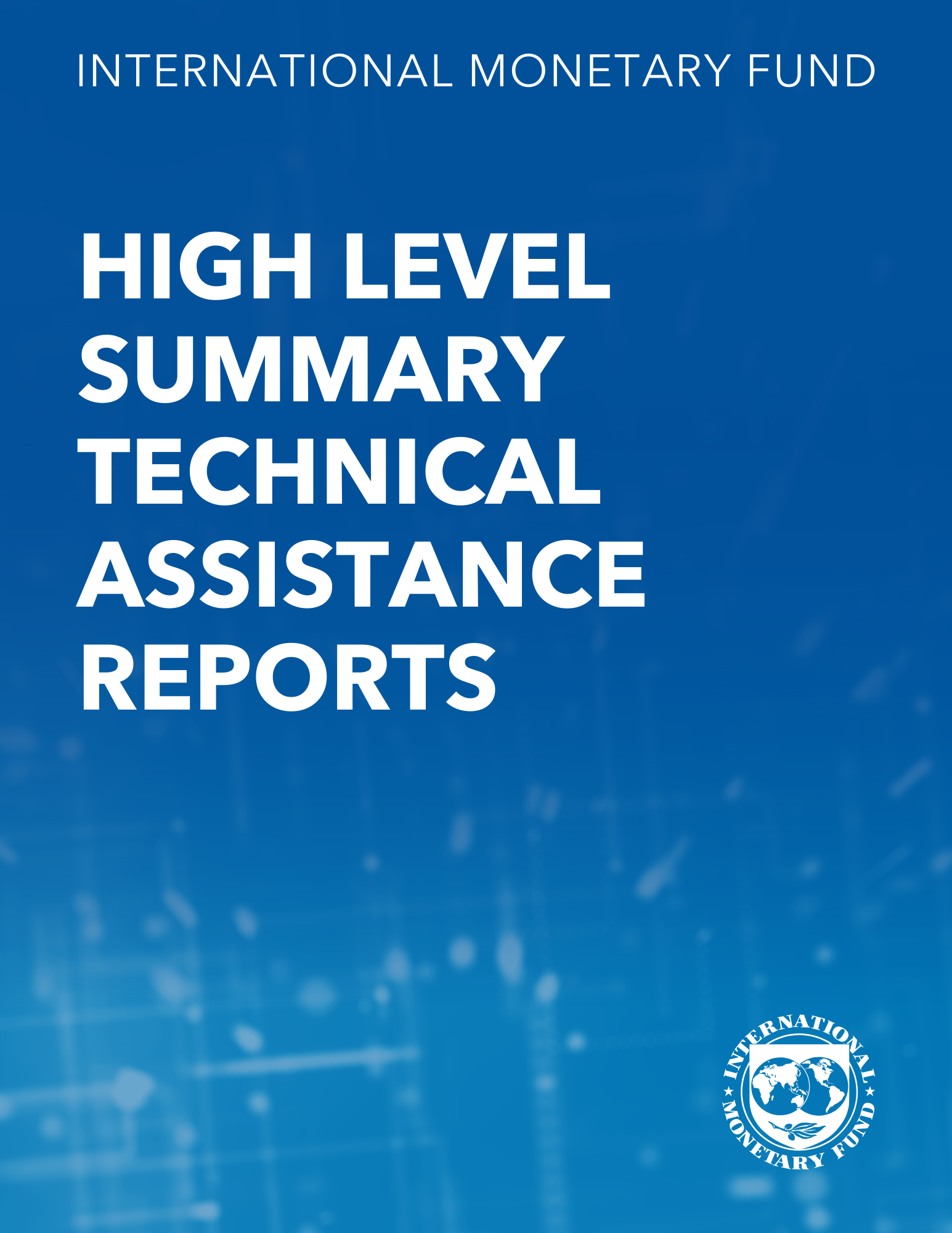Surges
January 1, 2012
Disclaimer: This Working Paper should not be reported as representing the views of the IMF.The views expressed in this Working Paper are those of the author(s) and do not necessarily represent those of the IMF or IMF policy. Working Papers describe research in progress by the author(s) and are published to elicit comments and to further debate
Summary
This paper examines why surges in capital flows to emerging market economies (EMEs) occur, and what determines the allocation of capital across countries during such surge episodes. We use two different methodologies to identify surges in EMEs over 1980-2009, differentiating between those mainly caused by changes in the country's external liabilities (reflecting the investment decisions of foreigners), and those caused by changes in its assets (reflecting the decisions of residents). Global factors-including US interest rates and risk aversion¡-are key to determining whether a surge will occur, but domestic factors such as the country's external financing needs (as implied by an intertemporal optimizing model of the current account) and structural characteristics also matter, which explains why not all EMEs experience surges. Conditional on a surge occurring, moreover, the magnitude of the capital inflow depends largely on domestic factors including the country's external financing needs, and the exchange rate regime. Finally, while similar factors explain asset- and liability-driven surges, the latter are more sensitive to global factors and contagion.
Subject: Balance of payments, Capital account, Capital flows, Current account, Exchange rate arrangements, Financial services, Foreign exchange, Real interest rates
Keywords: Capital account, capital flows, Current account, emerging market economies, Exchange rate arrangements, exchange rate regime, flow surge, flows to EME, Global, index volatility, net capital flow, nominal exchange rate, price index, real interest rate differential, Real interest rates, return on equity, surge episode, surges, WP
Pages:
43
Volume:
2012
DOI:
Issue:
022
Series:
Working Paper No. 2012/022
Stock No:
WPIEA2012022
ISBN:
9781463931841
ISSN:
1018-5941





